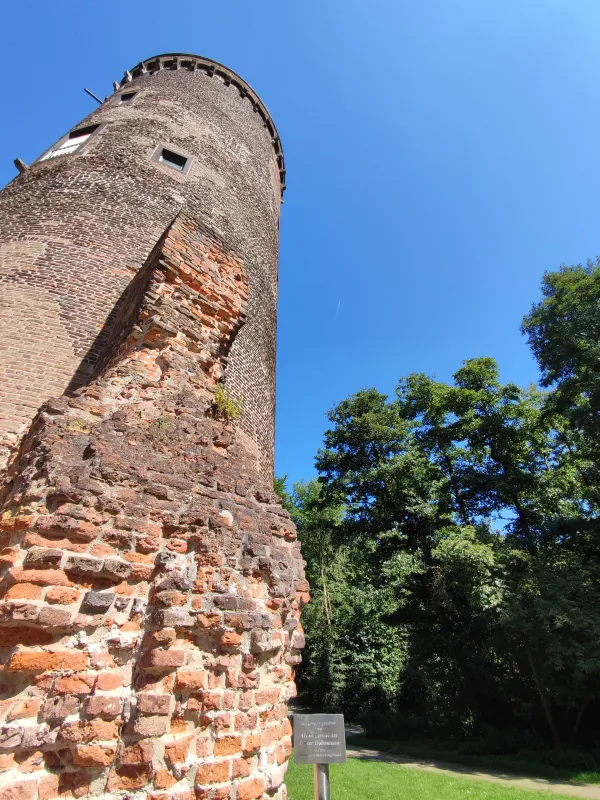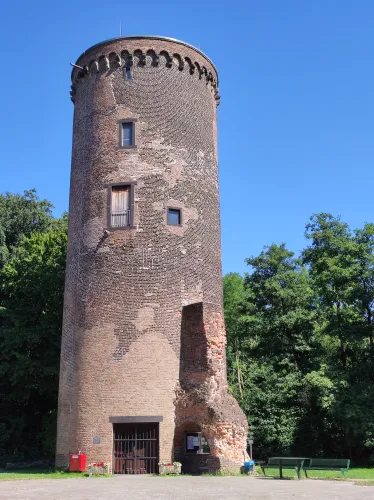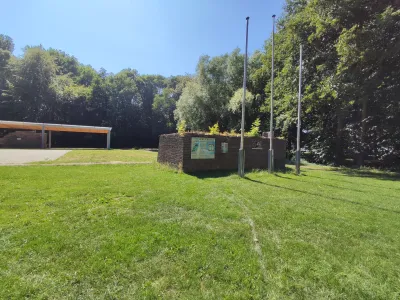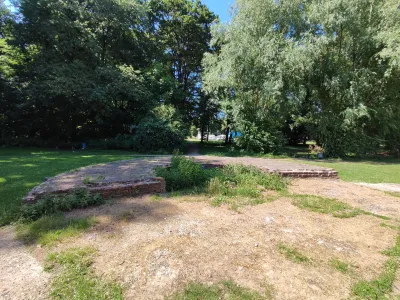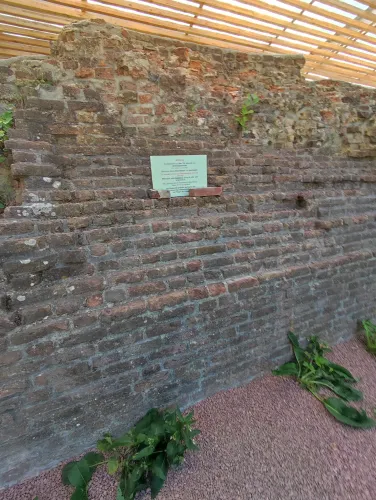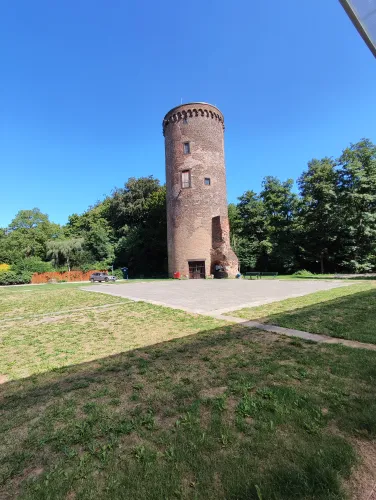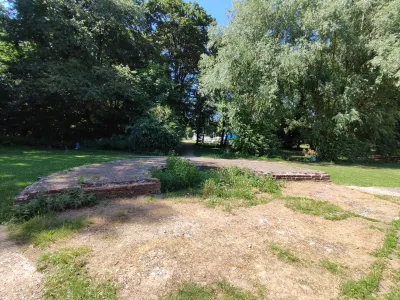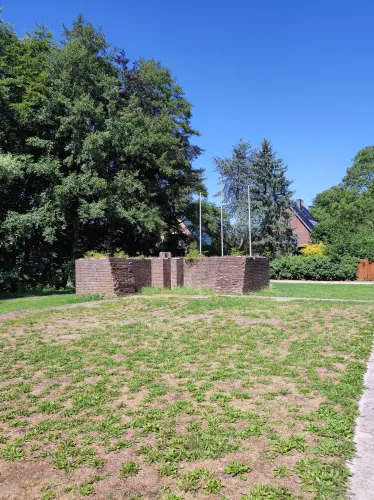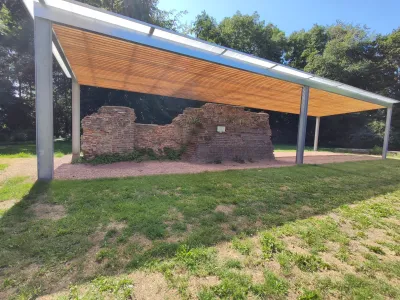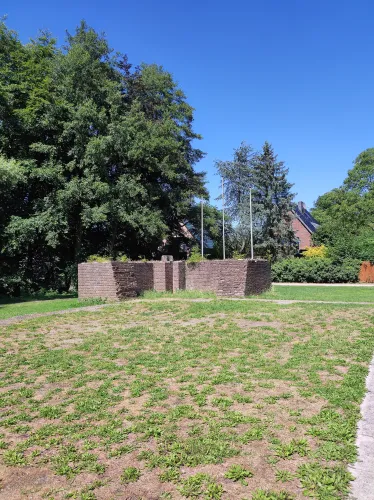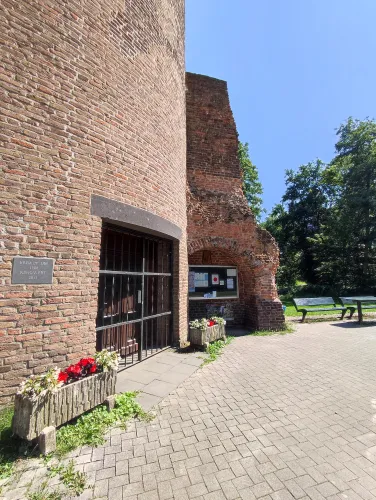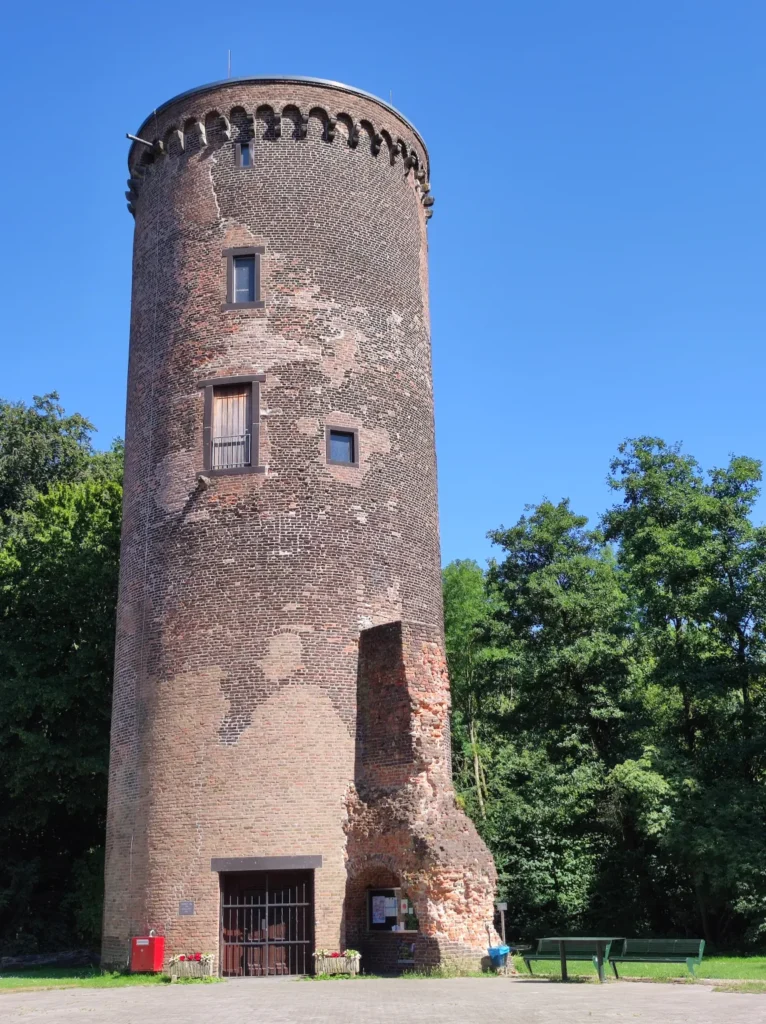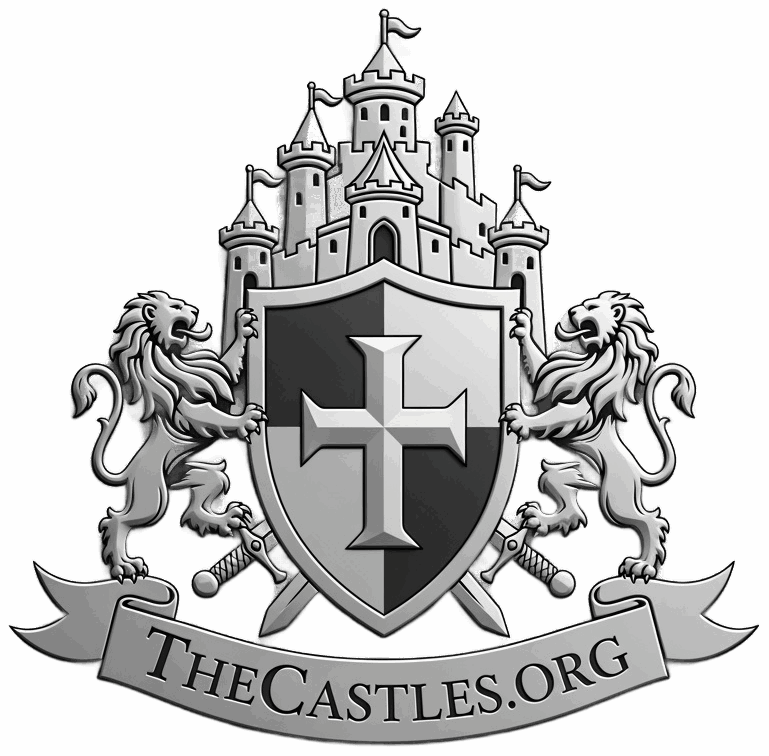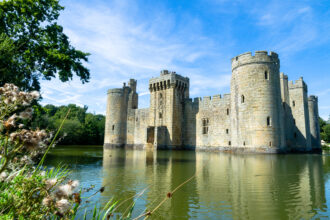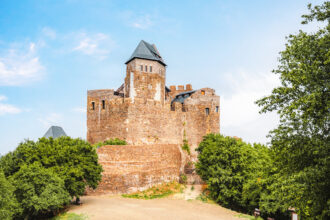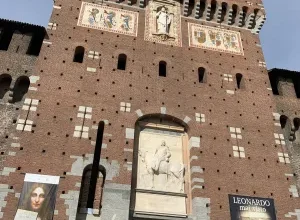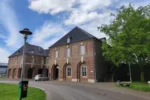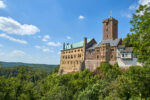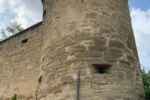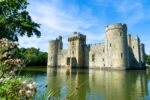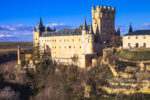The castle of Uda in the district of Oedt in the municipality of Grefrath on the Lower Rhine is a medieval castle ruin of which the round tower, visible from afar, as well as the foundations and remains of the walls are still preserved. Uda Castle was built around the 13th century under Dietrich III of Kleve, Count of Hülchrath and Lord of Kervenheim and Oedt, from bricks to defend the Electorate of Cologne. Uda Castle was first mentioned in a document as castrum Uda when it was given as a fief to Archbishop Heinrich II of Virneburg of Cologne in 1313. In 1348, the castle passed into the possession of Margrave Wilhelm of Jülich for 8,000 gold shields, who used it as a bulwark against the duchies of Jülich and Geldern. Due to financial difficulties, he sold it a year later at a profit of 20,000 gold shields to Archbishop Walram of Cologne. In 1477, the castle became the last stronghold of the Cologne Stift Feud and came into the possession of Hermann von Hessen. Almost 100 years later, in 1560, a major restoration took place under Johann von Brempt. After Uda Castle had changed hands several times during the Cologne War, it and the village of Oedt were destroyed by Hessian troops under Carl von Rabenhaupt after the Battle of Kempen Heath. Since then, the castle served as an administrative building until 1757, when, during the Seven Years’ War, the French demolished all but one of its four round towers and used the rubble for road construction. From 1794, the village of Oedt and the entire Rhineland came under French rule. This changed after the Congress of Vienna in 1815, as a result of which Oedt and Uda Castle now belonged to the Kingdom of Prussia, whose gate and ramparts were demolished in 1861. A hundred years passed before the municipality of Oedt purchased Uda Castle and the adjacent area from a private individual in 1955 and, two years later, had extensive repairs carried out to save the castle ruins from decay. This was followed by trial excavations carried out by the Rheinisches Landesmuseum Bonn from 1959 to 1961, during which everyday utensils and leather remnants were found. Today, the ruins of Uda Castle are not only considered a landmark of Oedt, which has been used by the Oedt Local History Association since 2012, but also an important cultural monument that is listed as a historic site. On some days, the doors of the tower are even opened, allowing everyone to learn about the history of the castle and the town of Oedt.
